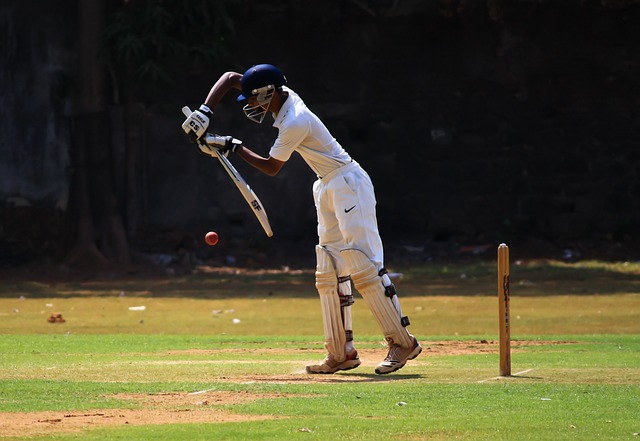
Overview of the Chapter
The chapter 'The Story of Cricket' explores the origins, evolution, and cultural significance of cricket as a sport. It highlights how cricket transformed from a simple bat-and-ball game into a globally recognized sport with deep historical roots. The chapter also discusses the rules, equipment, and key moments that shaped cricket's journey.
Cricket: A bat-and-ball game played between two teams of eleven players on a field with a 22-yard pitch at the center. The objective is to score runs by hitting the ball and running between wickets.
Historical Background
Cricket originated in England during the 16th century and became popular in the 18th century. It was initially played by children before gaining recognition among adults. The Marylebone Cricket Club (MCC), established in 1787, played a crucial role in standardizing the rules of the game.
Evolution of Cricket Equipment
Early cricket bats resembled hockey sticks, but over time, their shape evolved into the modern straight bat. The ball, originally made of wool or cork, is now crafted with a hard leather cover. Protective gear like pads and gloves were introduced later to ensure player safety.
Spread of Cricket Worldwide
Cricket spread to British colonies, including India, Australia, and the West Indies, through colonization. India's first recorded cricket match took place in 1721. The sport gained immense popularity in these regions, leading to the formation of international competitions like the Ashes and the Cricket World Cup.
Key Rules and Formats
Cricket has different formats, including Test matches (lasting five days), One-Day Internationals (ODIs), and Twenty20 (T20) matches. The Laws of Cricket, maintained by the MCC, govern gameplay, covering aspects like scoring, dismissals, and fielding positions.
Test Cricket: The longest format of the game, played over five days with unlimited overs per innings. It tests players' endurance and skill.
Cricket in Modern Times
Today, cricket is a major global sport with a massive fan following. The Indian Premier League (IPL) and other T20 leagues have revolutionized the game, making it faster and more entertaining. Cricket continues to evolve, blending tradition with innovation.
